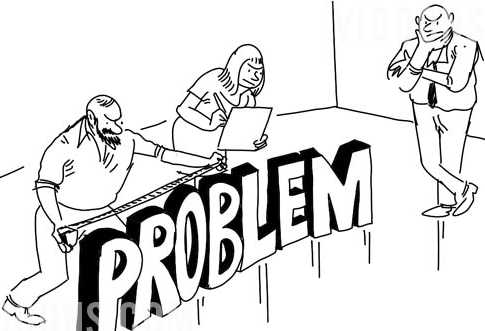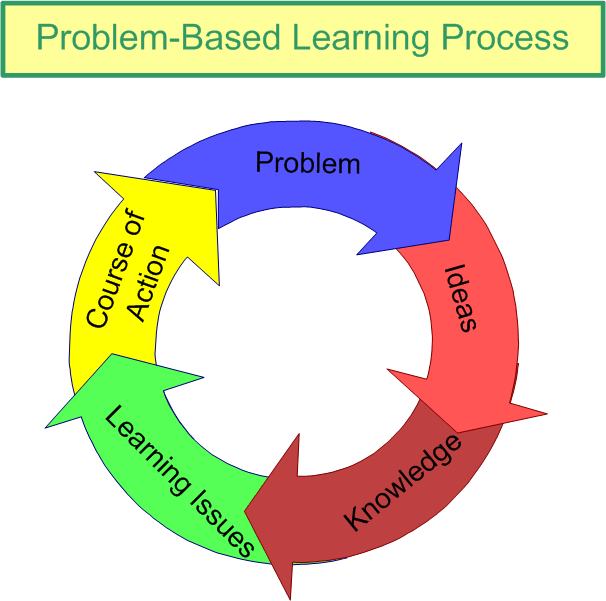 Higher education tops the agenda of almost all nations in the world. India has the third largest higher education system in the world, next only to China and the United States. India possesses a highly developed higher education system which offers facility of education and training in almost all aspects of human creative and intellectual endeavors: arts and humanities; natural, mathematical and social sciences, engineering, medicine, dentistry, agriculture, education, law, commerce, management, music, and performing arts. We are also strong in national and foreign languages, culture, communications etc. The scope of higher education is generally measured by enrolment ratio in higher education. It is growing robustly in our country.
Higher education tops the agenda of almost all nations in the world. India has the third largest higher education system in the world, next only to China and the United States. India possesses a highly developed higher education system which offers facility of education and training in almost all aspects of human creative and intellectual endeavors: arts and humanities; natural, mathematical and social sciences, engineering, medicine, dentistry, agriculture, education, law, commerce, management, music, and performing arts. We are also strong in national and foreign languages, culture, communications etc. The scope of higher education is generally measured by enrolment ratio in higher education. It is growing robustly in our country.
Learning is an internal process which depends on the situation. Every individual has his own style of grasping and internalizing the knowledge. Learning involves set of activities and events. Grasping of information is recurring; it has measures such as comprehension, application, analysis, synthesis, evaluation etc.
 To provide a more intricate and rich learning background it is becoming increasingly common to find ‘problem solving learning’ being adopted in higher education, especially in technical subjects. It is dominated by the condition of problems, design, decision or construction and is characteristically based on highly specified format. Resources such as case studies, live assignments, brain storming sessions, enactment of situation, live cases etc are the pedagogical tools in the class rooms. The students are assigned practical problems in which they are supposed to analyze content, and formulate plans or solutions according to specified methods. Obviously, in this approach there is a solo ‘correct’ or ‘best’ result against which student responses are measured or assessed. Problem-solving learning can be seen as a method to encourage students to apply their knowledge more deeply to ‘far problems’ where the subject matter has not been directly covered in lectures. This form of learning is slowly shaping up in good institutions. One important aspect of any problem is that it is open-ended and it does not have only one solution; a problem can be solved in various manners.
To provide a more intricate and rich learning background it is becoming increasingly common to find ‘problem solving learning’ being adopted in higher education, especially in technical subjects. It is dominated by the condition of problems, design, decision or construction and is characteristically based on highly specified format. Resources such as case studies, live assignments, brain storming sessions, enactment of situation, live cases etc are the pedagogical tools in the class rooms. The students are assigned practical problems in which they are supposed to analyze content, and formulate plans or solutions according to specified methods. Obviously, in this approach there is a solo ‘correct’ or ‘best’ result against which student responses are measured or assessed. Problem-solving learning can be seen as a method to encourage students to apply their knowledge more deeply to ‘far problems’ where the subject matter has not been directly covered in lectures. This form of learning is slowly shaping up in good institutions. One important aspect of any problem is that it is open-ended and it does not have only one solution; a problem can be solved in various manners.
 When students are given problem solving, they research the information and the nature of the problem and during their presentations solutions come in leaps and bounds in a class. Typically when a mature teacher discusses a problem asking students to come out with solutions the teacher needs to be patient with each student’s or group’s resolution; since each one has a unique reason for the solution presented. Learning focuses on an authentic or realistic problem that promotes differing perspectives. Also, learning arises from the personal interpretation of ideas and experiences. This presents democratization of knowledge from the sharing of facts and conception; this offers the advantages of engaging in discussion, debating, questioning, and answering; one gets to hear so many perspectives of a topic. Problem solving learning encourages investigative instincts in students and a lot of experimentation. Students generate own problem-solving activities, rather than those defined by the tutor; this automatically boosts their confidence.
When students are given problem solving, they research the information and the nature of the problem and during their presentations solutions come in leaps and bounds in a class. Typically when a mature teacher discusses a problem asking students to come out with solutions the teacher needs to be patient with each student’s or group’s resolution; since each one has a unique reason for the solution presented. Learning focuses on an authentic or realistic problem that promotes differing perspectives. Also, learning arises from the personal interpretation of ideas and experiences. This presents democratization of knowledge from the sharing of facts and conception; this offers the advantages of engaging in discussion, debating, questioning, and answering; one gets to hear so many perspectives of a topic. Problem solving learning encourages investigative instincts in students and a lot of experimentation. Students generate own problem-solving activities, rather than those defined by the tutor; this automatically boosts their confidence.
 In problem solving learning two elements contribute to one’s learning approach: solution and implementation. In problem solving learning the teacher becomes the facilitator to provide resources and guides students as they develop content; therefore, experience and dexterity of teacher matters. The teacher needs to get involved along with the students. In such sessions a passionate motivator is required; one who can encourage students to go deep down to the root of a problem, find causes and effects and then get solutions. Selection criteria of teachers in higher education therefore should be made more rigorous. Exposure of the teacher to reality, industry experience, skill sets, aptitude, language skill, imaginativeness, analytical skills, and most important the teacher’s compassion towards the growth and success of student matters a lot. Where are such teachers?
In problem solving learning two elements contribute to one’s learning approach: solution and implementation. In problem solving learning the teacher becomes the facilitator to provide resources and guides students as they develop content; therefore, experience and dexterity of teacher matters. The teacher needs to get involved along with the students. In such sessions a passionate motivator is required; one who can encourage students to go deep down to the root of a problem, find causes and effects and then get solutions. Selection criteria of teachers in higher education therefore should be made more rigorous. Exposure of the teacher to reality, industry experience, skill sets, aptitude, language skill, imaginativeness, analytical skills, and most important the teacher’s compassion towards the growth and success of student matters a lot. Where are such teachers?
An important piece of advice to all teachers who adopt problem solving learning – how they treat their students toward failure; as there cannot be only one solution to a problem, but many and one among the many solutions is the right solution if implemented productively. I want to mention here the Bollywood film – ‘3 Idiots’ by Rajkumar Hirani, in which he has highlighted the education system in our country with its focal point on results (grades) rather than love for learning. We are so obsessed with exams and results – real learning goes for a toss. Exam-centric learning pulls down the spirit of a learner because this system tends to foster a fear toward failure that kills innovation. Both, teacher and student need to adopt a healthy approach towards failure with the right attitude and harnessing it as a blessing not a nuisance. Today, if more and more teachers adopt this pedagogy, we would create so many innovations and in turn several entrepreneurs!
 While we boast of being a young nation (50% population below 25 years) we need young minds daring to go ahead, establishing ventures. Not the ‘me too’ crowd. I am sure teachers can do wonders in the class room; let us all encourage our students to start their enterprises; guide them to be entrepreneurs and not supervisors, let us create a breed of youngsters those who don’t shy away from failures. Let’s take a call as teachers, mentors, parents on how many good ideas and innovations we kill or pluck in the budding stage itself by ridiculing the initial failures. In fact failures are not bad, they can be exciting. Most of the inventions in the world have initially been failures and from them emerge those valuable gold nuggets.
While we boast of being a young nation (50% population below 25 years) we need young minds daring to go ahead, establishing ventures. Not the ‘me too’ crowd. I am sure teachers can do wonders in the class room; let us all encourage our students to start their enterprises; guide them to be entrepreneurs and not supervisors, let us create a breed of youngsters those who don’t shy away from failures. Let’s take a call as teachers, mentors, parents on how many good ideas and innovations we kill or pluck in the budding stage itself by ridiculing the initial failures. In fact failures are not bad, they can be exciting. Most of the inventions in the world have initially been failures and from them emerge those valuable gold nuggets.
Let me share with all dear teachers, the problem solving learning gives us teachers and our students the “oh, aha” moments of impending success which guide us towards next innovation.













































